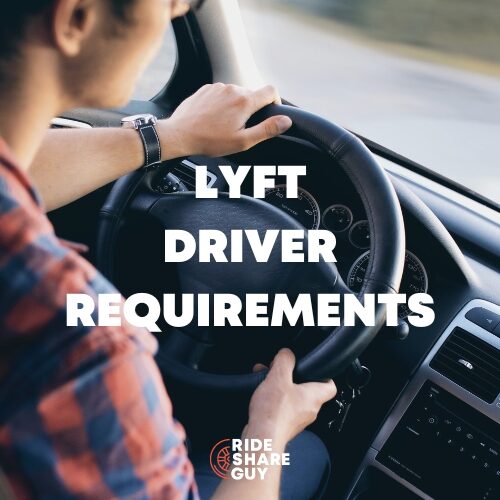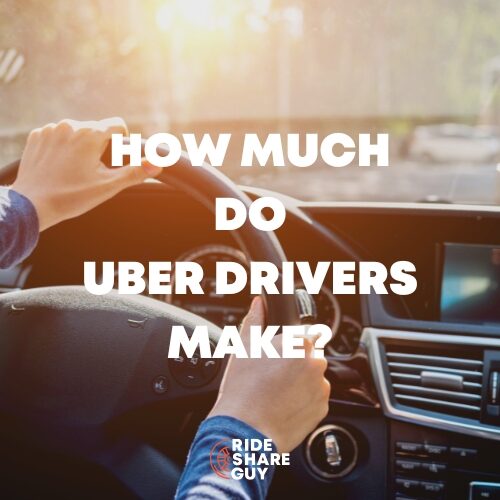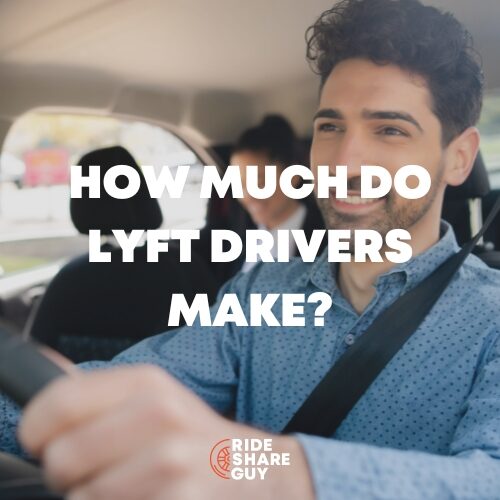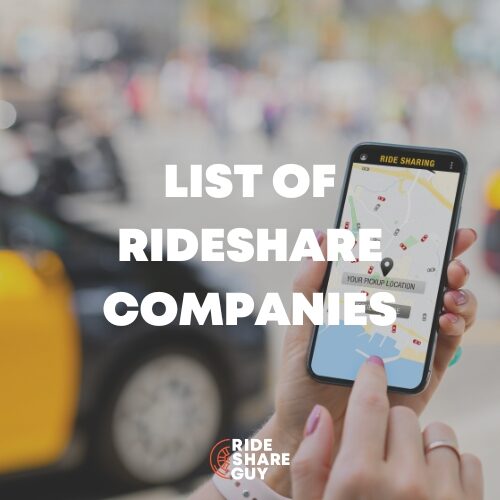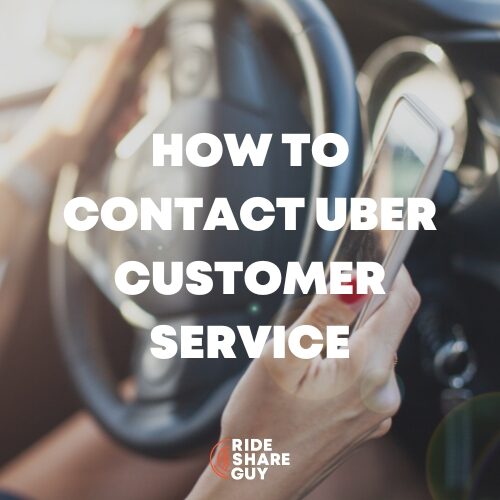If you’re a Lyft or Uber driver in Seattle, you already know the city has incredible advantages – and challenges. If you’re considering becoming a Seattle driver, you might be curious about how Seattle differs from other cities.
In this Rideshare Driver’s Guide to Seattle, senior RSG contributor Paula Gibbins will break down everything you need to know. From the city layout, rideshare requirements, and unique city benefits, we’ll answer all of your rideshare questions about driving in Seattle!
Driving for Uber in Seattle
If you are interested in becoming an Uber driver, there are several basic requirements including:
- Valid driver’s license
- 1 year of licensed driving experience in the US (3 years if you are under 25 years old)
- Meet the minimum age to drive in your city
- Any device that can download and run the Uber app
- Drive an eligible vehicle
Seattle Requirements for Rideshare Drivers
Another thing that differentiates Seattle from other cities is there are several requirements you’ll need to meet before you can start driving there.
According to Uber:
“King County requires TNC drivers to display their valid physical TNC for-hire permit and vehicle decal in their vehicle at all times while performing TNC services.
While your TNC for-hire permit and/or vehicle decal applications are pending with King County, you are permitted by local regulations to accept trips in King County on the Uber platform, except at Sea-Tac Airport.”
You’ll also have to take a Seattle City Knowledge Test and pass a Defensive Driving Course.
You may be required to obtain a business license to be a rideshare driver in Seattle. Learn more about the requirements by region on the Washington Department of Revenue website.
Challenges of Driving in Seattle
Seattle is a hilly city that sits on the water, with ferry access going from Seattle to Bremerton. Driving on hills can be its own challenge without adding into the fact of how rainy Seattle tends to be, making driving more difficult if you’re not used to it.
To add to the fun, there are one-way streets placed throughout the city that may be difficult to navigate if you’re new to driving in the city.
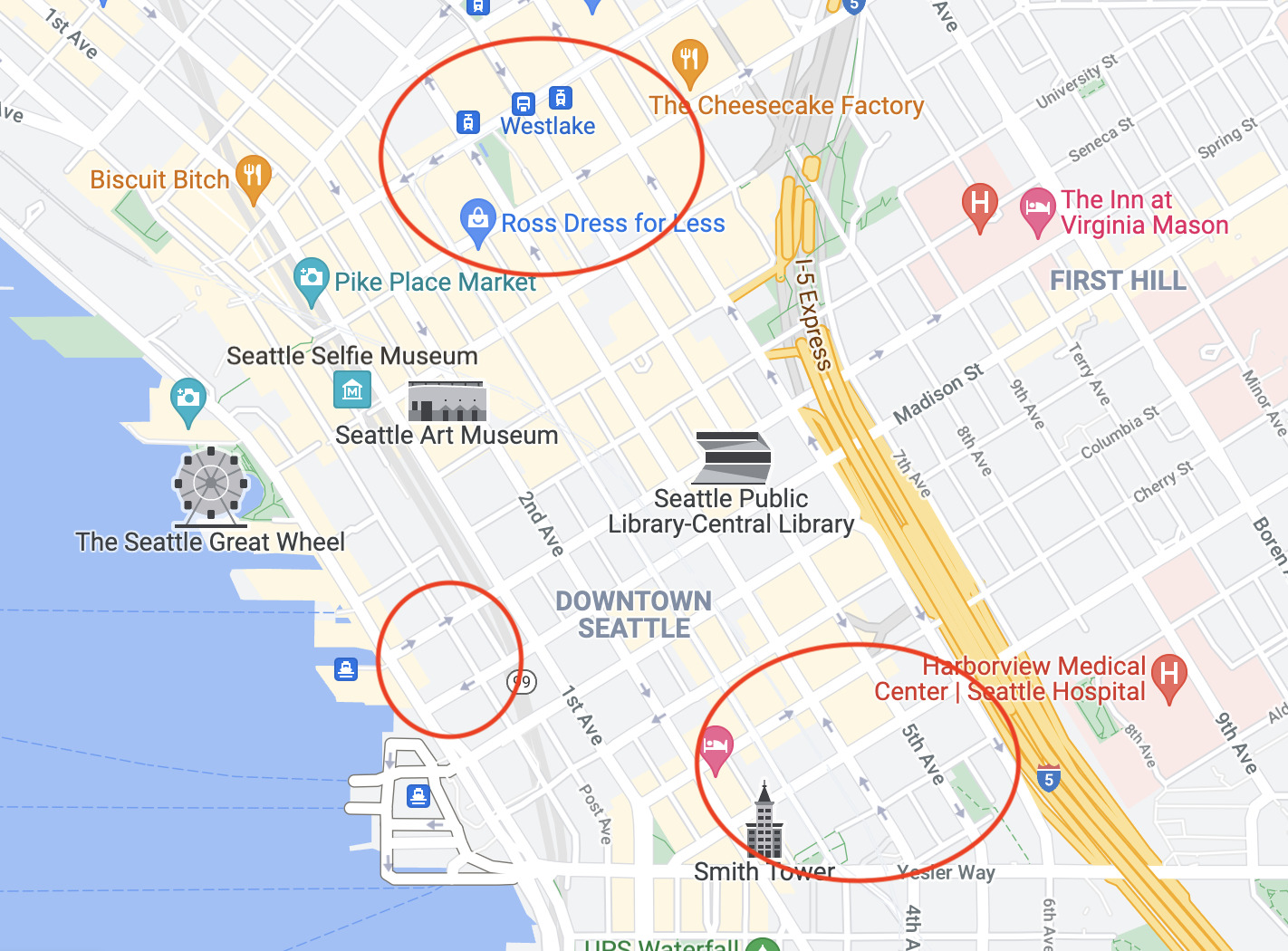
The circled sections indicate just a few of the one-way streets throughout the city.
Luckily, the grid pattern does make it easier to navigate the streets. Most of the streets run east to west while avenues generally run north to south.
Lower Speed Limits in Seattle
Another thing to keep in mind is the speed limits may be lower than what you’re used to in other cities (if you’re not from Seattle).
According to the Seattle government transportation page, the speed limits are 20 mph on all residential streets and 25 mph on most arterials (streets with a yellow line down the middle) in Seattle.
Cyclists and Pedestrians
Seattle is considered to be the most bike-friendly city in the state of Washington.
According to the Seattle government transportation page:
“In Washington, it’s acceptable to treat stop signs as yield signs when biking. People biking must still fully stop at traffic lights, stop signs on school buses, and stop signs at railroad crossings. This also doesn’t change the rules of the road for scooters. Research has shown that letting (and legalizing!) people biking to “take the lead” at intersections (which many already do) improves safety and may also improve intersection efficiency.”
Please keep your eyes out for cyclists as you are driving, parking and pulling out into traffic.
If you deliver food, biking may be a good option for you so that you can avoid the hassle of parking and avoid traffic jams more easily than in a vehicle.
In addition, if you’re driving around downtown Seattle, particularly near the Space Needle, Museum of Pop Culture, or Pike Place Market, bring your patience! Pedestrians, especially during the summertime, are usually everywhere – and not always in crosswalks. Be careful and drive slowly.
Tolls
Tolls can be a bit of a pain no matter where you drive, and Seattle is no exception. It’s highly encouraged that rideshare drivers have the Good to Go! pass in their vehicles. If you do not have this pass in your vehicle when crossing the SR 520 Bridge, you’ll be charged the higher “Pay by Mail” rate while your passengers will only be charged the “Good to Go!” rate.
Also, there are express toll rates on I-405 between Bellevue and Lynnwood. The price flexes depending on the number of users in the lane at any given time, and this fee is not refunded to drivers through Uber.
Parking
Parking can be a hassle, while also being expensive in Seattle, but there are some tips from the Seattle government transportation page:
On-street parking payment is not required:
- All Sundays
- January: January 1* and the 3rd Monday
- February: 3rd Monday
- May: Last Monday
- July: July 4*
- September: 1st Monday
- November: November 11* and the 4th Thursday
- December: December 25*
*If the date falls on a Sunday, the Monday that follows is a free parking day.
Time-limits are also not enforced on Sundays and holidays, unless specifically stated.
Delivery and Food Pick Up Zones
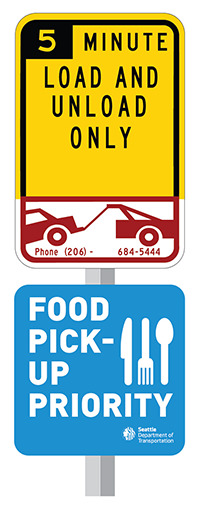
For delivery drivers, there are “Food Pick-up Priority Zones” to be aware of. Where this is available, you have 5 minutes to pick up or drop off food without having to pay for parking.
This is an example of what signage will be at these designated spaces.
Uber Driver Hotspots
You will likely find yourself frequently dropping off/picking up visitors at these hotspots around the city.
Sea-Tac Airport
If you wish to drive for Uber at the Sea-Tac airport, there are some additional requirements to be aware of including:
- When on airport property, the Uber driver app must be open at all times (driver-partners must not go Offline until exiting the airport area)
- The Uber sticker (trade dress) must always be displayed on the vehicle’s windshield. Driver-partners can obtain this Uber sticker at their local Greenlight Hub.
- The Port of Seattle no longer allows pickups at Sea-Tac Airport and may issue you a citation unless your vehicle has a valid and visible TNC endorsement decal on your windshield.
- The For-Hire permit must be available to display to airport staff upon request.
- Driver-partners may not wait longer than 10 minutes in the loading areas.
- Driver-partners must keep headlights on at all times.
- Driver-partners must not exceed the posted speed limit of 10mph.
One big important factor for airport pickups at the airport is “the Port of Seattle will only allow Uber vehicles with a blended MPG rating of 45 or higher to wait for airport requests at the waiting area. You can check your vehicle’s MPG rating here.”
Pike Place Market
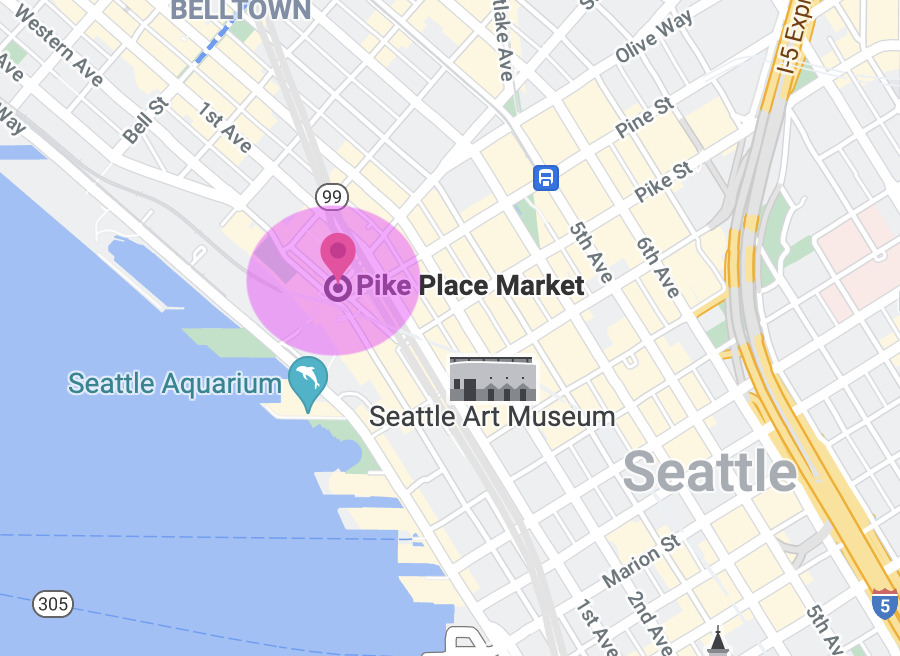
This historical section of the city is actively in use with produce stands, fish markets, restaurants, retail businesses and more. It is open daily from around 9 am to 6 pm with some restaurants staying open til midnight.
Space Needle
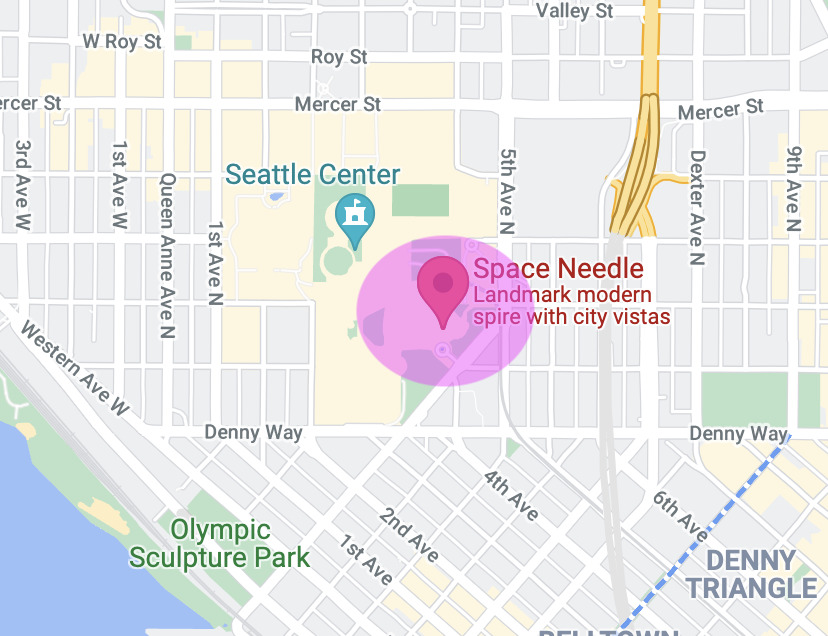
This Seattle icon is a landmark that many visit every year. It was created for the 1962 World’s Fair and offers 360-degree panoramic views of downtown, Mount Rainier, Puget Sound and the Cascades, and the Olympic mountain ranges.
Seattle Aquarium
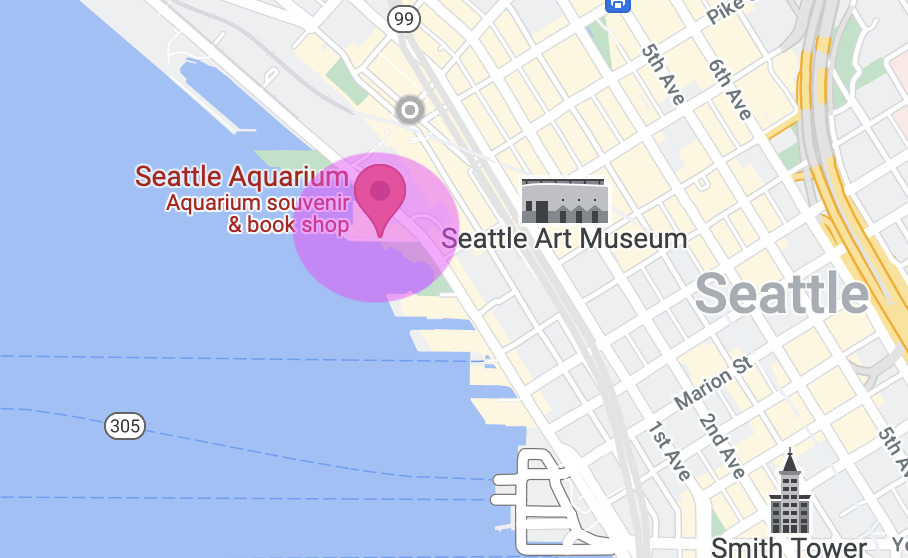
With Seattle nesting on the Puget Sound, visitors are drawn to the aquarium to learn more about the sea life surrounding them.
Lumen Field and T-Mobile Park (Homes of the Seahawks, Sounders, and Mariners!)
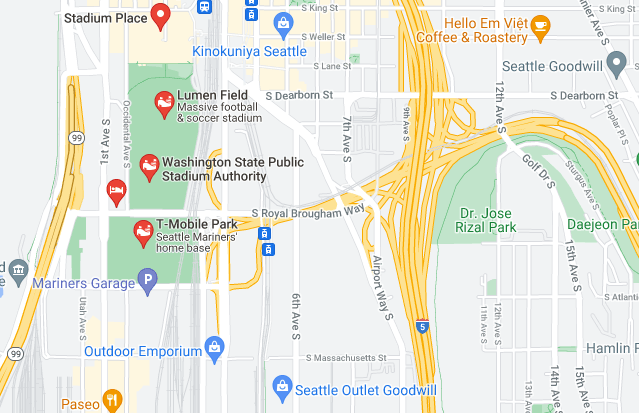
And of course, we can’t go without mentioning Lumen Field or T-Mobile Park (maybe better known as ‘where the Seahawks, Sounders, or Mariners play.’
While this area is easy to get to, thanks to the highways, parking and finding your pax can be a challenge. Be aware that you may need to go north or south to get around the mass number of people efficiently!
Capitol Hill Neighborhood
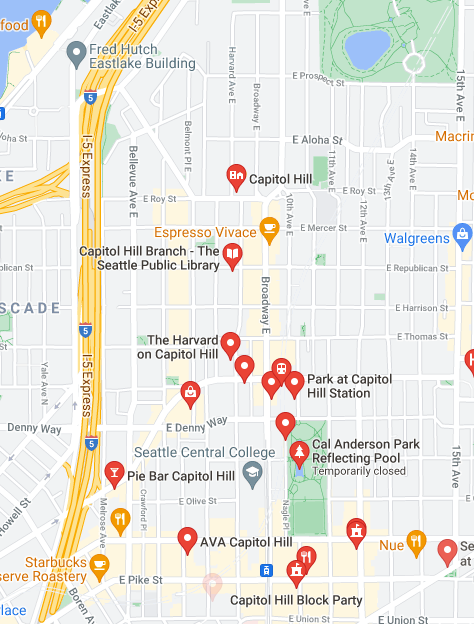
The Capitol Hill neighborhood is another popular Seattle hotspot, mainly for its nightlife. As you can see, there are quite a few bars, and many people like to walk when they get to the area.
With this in mind, you may be able to avoid the busiest areas of Capitol Hill by heading to the surrounding streets and picking up your passengers there.
Seattle Uber Driver Pay
Want to know what it’s really like driving in and around Seattle? Here’s what some drivers have said about their experience.
This Seattle driver on Reddit said, “I usually work the night shift from 7pm to 1-2am and just tonight I had 5 rides and made $133. Other nights I have made from $150-$200. There seems to be way more Lyft drivers than Uber at the airport. The parking lot is a whole other animal. LOL Just a couple porta potties and the lot usually looks well littered and nasty.”
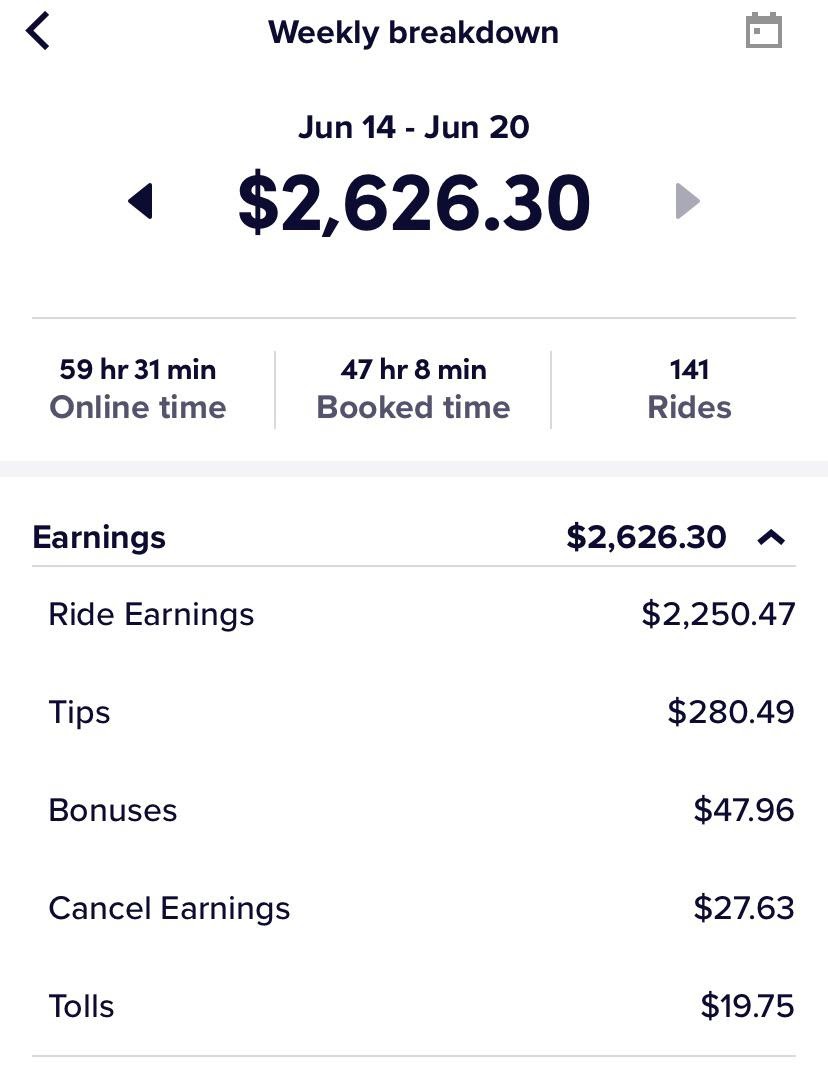
This Seattle driver on Reddit shared their earnings a few months ago and said this in the comments: “I do want to state I do drive a Tesla model 3 so my costs are a lot lower and I do give lux rides every so often this week I had more than usual and the tips are always better on lux. $40 an hour especially on weekends isn’t crazy for me but often I’m closer to 35-36 on a full week unless I just do Thursday-Sunday only. That is usually better.”
Another poster on that thread stated, “Seattle is guaranteed a minimum of $.57/minute plus $1.33/mile (which is $3.04/mile @ 20mph – more than a taxi costs especially after the Lyft/Uber fee- or $1.90/mi @ 60mph).
Seattle Legislation on Behalf of Drivers
Over the past few years, Seattle has done more for rideshare drivers than basically any other city in the country. Here’s a brief breakdown.
1. Driver minimum wage
In 2020, the Minimum Compensation Ordinance No. 125977 was passed by the Seattle City Council and it was implemented in 2021.
The ordinance stipulates that rideshare companies are to pay drivers at least the Seattle hourly minimum wage ($16.69/hr) plus reasonable expenses. This was implemented to ensure all drivers (full-time or part-time) are fairly compensated for the time they spend on-app and on the road actively driving.
2. Driver Resolution Center (Challenge unfair deactivations)
Another ordinance the Seattle City Council enacted was the Driver Deactivation Rights Ordinance. It went into effect on July 1, 2021, and it gives drivers the ability to challenge unfair deactivations from gig economy platforms such as Uber and Lyft.
Part of this ordinance opened up what they call a Driver Resolution Center, where drivers can be provided with education, outreach, and fee-free representation for deactivation disputes.
3. (Temporary) Paid sick leave
Seattle City Council passed the Gig Worker Paid Sick and Safe Time (PSST) Ordinance in 2020, as well. This “driver perk” is currently being offered for a limited time only due to the COVID-19 pandemic, but it is fairly groundbreaking. This ordinance applies to both rideshare and food delivery workers.
4. Gig worker settlements
More recently, the food delivery platform Postmates (now owned by Uber) was made to pay $1 million to Seattle-area delivery drivers due to violations against the city’s paid sick leave policies for gig workers.
Postmates wasn’t the only platform violating this policy. Uber did as well and settled on a $3.4 million payout for sick leave and back pay.
5. Wage studies
Seattle, while determining what the minimum wage compensation should look like, paid for a wage study to be done to determine how much (or how little) drivers were making in Seattle. So we have some robust earnings data for drivers in the city of Seattle.
You can read more about the City of Seattle’s study vs Cornell’s study of wages and earnings in Seattle here.
6. Driver unionization
Back in 2015, the Seattle City Council passed a law allowing Uber and Lyft drivers to unionize. Of course, Uber and Lyft did not like this and tried to fight it in court. Spoiler alert… the platforms lost.
Part of the push Uber tried for was publishing 18 podcasts geared toward why drivers should not join a union. Despite Uber and Lyft’s efforts, unions are allowed in Seattle for app-based workers.
One such union is Drivers Union, which helps drivers with deactivation issues, unemployment support (during the pandemic), for-hire permit renewal issues and more.
7. Seattle-based companies helping gig workers
In addition to the driver advocacy throughout Seattle, Seattle is also host to innovative companies designed to help drivers, like Solo. Solo is a Seattle-based startup that helps drivers maximize their earning potential and offers earning guarantees. They’ve guaranteed over $250,000 in driver earnings and are working to expand beyond Seattle, so if you’re not driving in the Seattle area yet, you can sign up for their e-mail list to be notified when they expand nationwide.
Harry is a big fan of this company’s mission and the team behind Solo and recently came on as an advisor and investor for the company.
Alternative to Uber in Seattle: Solo
Solo is a Seattle-based platform for gig workers to optimize their time and maximize their income by analyzing performance metrics and pay.
As Harry told GeekWire, “Solo is bringing transparency to the gig economy and giving workers the information and power to earn more. From their planning and goal setting features to their one of a kind ‘earnings guarantee.’ Solo is a company that gig workers are going to love!”
Solo helps you plan your day as a gig worker so you can earn up to 47% more and cut your costs. They have earnings forecast and tracking tools that leverage over a million job/trip data points to help you set your daily goals, pick jobs that pay the most and compare your earnings against your goals.
Solo has even charted tips per job by platform for the Seattle area for delivery services, so you can fully understand just how important tips can be for your earnings.
YTD Seattle Earnings Data
Want to check out Solo? Visit their website and get started here.
Sign-Up to Drive for Uber in Seattle
Ready to sign up to drive? Uber is currently hiring drivers!
If you are looking for more driving guides, check out these city guides below!
